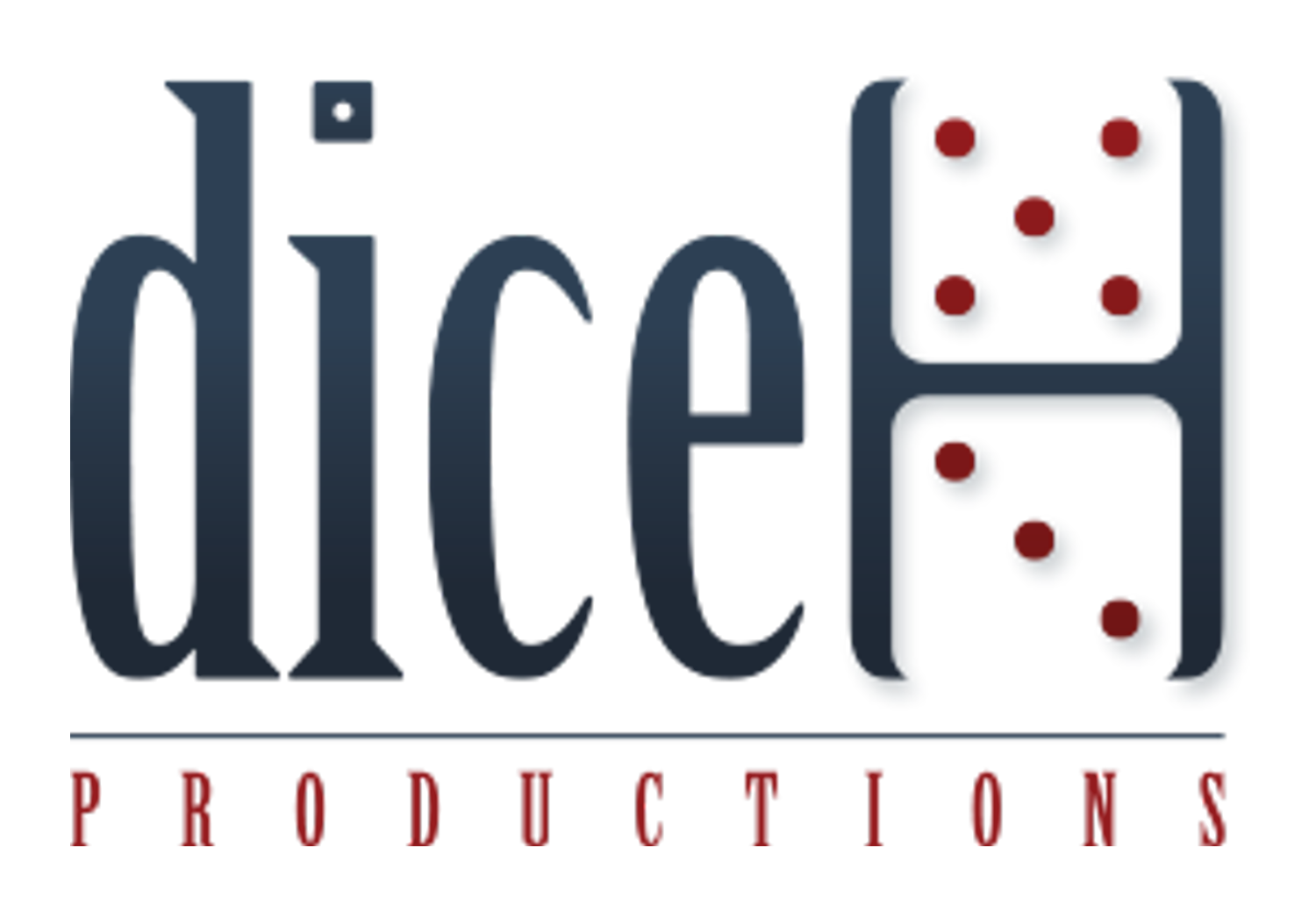Contrast Paint Review – Part 1: First Impressions & Ghoul Speed Painting
📌 Editor’s Note (2025):
This article is a restored and updated version of Part 1 of the Contrast Paint Review series, originally written in 2020 but somehow never published on the current DiceHate site. All of the original images and insights remain intact—only the formatting and language have been polished slightly to reflect the current editorial standard.
If you're jumping into the series now, this is where it all began.
The Contrast Hype: A New Way to Paint?
When Games Workshop launched Contrast Paints back in 2019, they were marketed as a game-changer—“an incredibly powerful paint range” that would let hobbyists “accomplish some remarkable effects” with minimal effort. From the moment they were announced on Warhammer Community, I was interested. Not because I expected them to replace traditional painting techniques, but because I was genuinely curious how they’d fit into my workflow.
Fast forward almost a year after launch, and I finally found time—and a few spare paints—to start experimenting. This first part of the series looks back at my initial hands-on impressions, what went right, what I’d do differently, and how Contrast helped speedpaint a unit of Ghouls overnight for a Call of Cthulhu session.
Games Workshop did an awesome job building up hype for the range through the Warhammer Community site and even today, still have some really good content for beginners and veterans a like..
A Wild Launch and Short Supply
Like most hobby plans, mine started off ambitious. I thought I’d grab a few pots, do some comparison tests, and get content rolling quickly. But the Contrast release was anything but smooth for independent retailers.
At The Sentry Box, where I worked at the time, GW's trade restrictions on initial bundles—and the inability to restock specific colours—meant that shelves emptied fast. To make sure our customers had a fair shot, the staff agreed not to buy any pots for ourselves until supply stabilized. Honestly, if we’d grabbed what we wanted at launch, there would’ve been nothing left. That’s how much internal buzz there was.
Even weeks later, stock was trickling in, and the specially formulated primers were still MIA. So I made do with what I could find.
Call of Contrast: A Late-Night Ghoul Project
With one pot of Darkoath Flesh, one pot of Plaguebearer Flesh, and no official primer in sight, I grabbed some used Warhammer Ghouls from the store’s discount cabinet and got to work using Corax White as the base. No plan, no expectations—just curiosity and a case of insomnia.
With no real plan, I slapped on the Contrast Paint over white and then did a coat of shade over them to see what the effects were like.
That night, I batch-painted 20 Ghouls. I split the group in half: 10 got Plaguebearer Flesh, the other 10 Darkoath Flesh. Once dry, I randomly mixed them up and applied four different Citadel Shades in small batches:
Athonian Camoshade
Reikland Fleshshade
Coelia Greenshade
Agrax Earthshade
I kept the rest of the palette simple:
Ushabti Bone, Flayed One Flesh for teeth and claws
Skrag Brown, Blood for the Blood God for wounds
Finished with Agrax Earthshade for depth
For basing, I drybrushed Stirland Mud with Tyrant Skull, added static grass, and called it done.
The Results – Fast, Varied, Table-Ready
Some extremely simple basing of Stirland Mud drybrushed with Tyrant Skull and some Static Grass, finished them off.
Despite being a quick-and-dirty test, I was seriously impressed. I’d deliberately avoided watching guides or reading reviews beforehand so I could go in fresh. The results felt dynamic and organic, especially with how the skin tones varied from the different combos. It was exciting enough that I couldn’t wait to get back to the models the next morning and finish the unit.
More importantly, this felt like a process I could easily recommend to other people—especially newer painters. There’s something very freeing about just slapping paint on and seeing what happens.
Final Verdict (Part 1)
So, are Contrast Paints any good?
Absolutely—within their lane. For batch painting and getting models to a solid tabletop standard quickly, Contrast excels. I’m already a fast painter at this level, so it didn’t dramatically speed things up for me personally. But it made the process more intuitive and more accessible. And for new painters? That’s gold.
This full unit took about three hours total—roughly 8–10 minutes per model. That’s a benchmark I think most people can hit once they get comfortable with Contrast and a shade wash on top.
Next in the Series
In Part Two, I’ll show you how I use Contrast Paints to cheat when painting D&D characters and how they interact with models from other manufacturers.
In the meantime—have you tried Contrast? Send in photos, leave a comment, or share your best (or worst) outcomes. I’d love to see what you’ve pulled off.
— Kris



